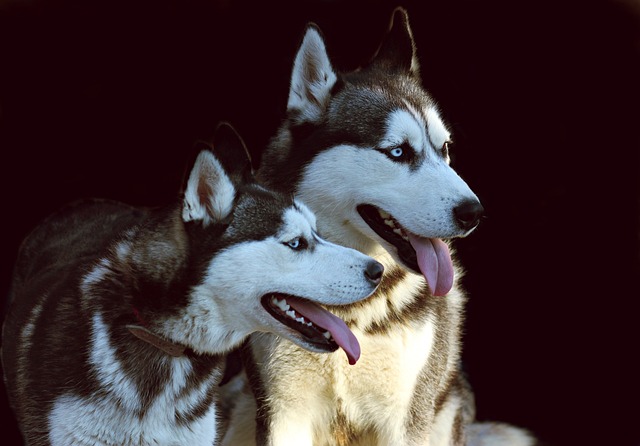
How can I tell if my dog's heatstroke is serious
Let’s be real: It’s a sticky August morning in Los Angeles, and you took your 2-year-old Golden Retriever, Max, for a walk a little later than usual
I’ll open with a scenario every new U.S. dog parent of an allergic pup knows: You’re in your Chicago apartment, staring at your 7-month-old Golden Retriever mix—his paws red and raw from scratching, eyes watery—and the vet just confirmed he’s allergic to chicken and wheat. You rummage through his kibble bag, panic rising: Which food is good for dogs with allergies when half the store says “hypoallergenic”? This confusion is universal, and the answer lies in targeting the root of canine allergies—usually proteins or grains—and choosing simple, low-irritant options.
The science hinges on what triggers most dog allergies: 90% stem from common proteins (chicken, beef, dairy) or grains (wheat, corn). Dogs’ immune systems mistakenly attack these ingredients, causing skin irritation, digestive upset, or even breathing issues. My Austin vet, who specializes in allergic pups, explains: “Allergic dogs need ‘novel’ proteins—ones they’ve never eaten before—and minimal additives. Complex formulas with 10+ ingredients just hide potential allergens.” Unlike humans, dogs rarely react to fruits/veggies (except rare cases), so these are safe additions to their diet.
Let’s break down the best foods with real success stories. First, novel protein kibble: Look for formulas with duck, salmon, venison, or kangaroo as the first ingredient (avoid “meat by-products”). My neighbor in Denver switched her Chihuahua from chicken kibble to salmon-based grain-free food—his constant scratching stopped in 2 weeks. Second, limited-ingredient diets (LIDs): These have 5-7 ingredients, making it easy to spot triggers. I use a duck-and-sweet-potato LID for my Beagle mix, allergic to lamb—no more loose stools. Third, safe snacks: Freeze-dried venison treats, apple slices, or steamed pumpkin (avoid store-bought treats with wheat). My LA friend trains her allergic Pug with frozen blueberries—positive reinforcement beats scolding, which stresses allergic pups more.

This ties directly to U.S. pet rules and culture. First, managing allergies is part of responsible ownership: Keep rabies vaccine records handy (required in every state, and apartments demand proof) and carry poop bags on walks (cities like NYC fine up to $300 for neglecting this). For apartments, store hypoallergenic food in airtight bins (my Denver roommate’s Pug once chewed through a bag of regular kibble, triggering a flare-up). When walking, steer clear of grass treated with fertilizers (common allergens) and bring your pup’s low-irritant treats—rewarding calm behavior at the dog park avoids cross-contamination with other dogs’ snacks. Never punish a pup for scratching; it’s their way of saying they’re uncomfortable—redirect with a safe treat instead.
Watch for signs of improvement: Less scratching, clearer eyes, and firmer stools mean you’ve found the right food. The best food for allergic dogs isn’t the priciest—it’s the simplest, with a novel protein and no unnecessary additives. Nailing this turns your pup’s discomfort into relief, and that’s the peace every new dog parent needs.

Let’s be real: It’s a sticky August morning in Los Angeles, and you took your 2-year-old Golden Retriever, Max, for a walk a little later than usual

You're enjoying a summer afternoon at the park when you notice your dog has stopped panting and appears disoriented - their gums are bright red

Let’s paint the picture: You’re in your Denver apartment, watching your 4-year-old Boston Terrier, Ruby, plop down mid-play session with her favorite toy

Many dog owners notice their pets nails seem shorter after regular walks,but how much does this daily activity actually help?The answer depends on where you walk—concrete sidewalks or asphalt streets gently file nails as a dog's paws hit the ground

Most dog owners notice their pup scooting across the carpet at some point, but few connect it to impacted anal glands. These small sacs near a dog’s rectum secrete a scent for marking territory

Most vets agree that regular dog teeth cleaning is key to avoiding painful dental issues later. For healthy adult dogs, a professional cleaning at the vet’s office every 12 to 18 months usually works well.